Forest Conservation: Strategies to Protect Natural Resources
- August 7, 2024
- 0 comment
Forests are essential to our planet, functioning as the lungs of the Earth by regulating climate and providing habitats for countless species. They urgently require protection from escalating threats such as deforestation, climate change, and human activities.

These vital ecosystems offer critical services, including carbon sequestration, water regulation, and wildlife habitats. Implementing effective forest conservation strategies is crucial to preserving biodiversity, maintaining ecological balance, and safeguarding the invaluable resources forests provide.
Here, you will discover the steps to develop and implement successful forest conservation strategies, ensuring the protection of these precious ecosystems for future generations.
Understanding Forest Ecosystems
Before diving into conservation strategies, it’s crucial to understand what makes up a forest ecosystem. Forests are intricate networks of trees, plants, animals, microorganisms, and abiotic components like soil and water.
These elements interact in complex ways, creating a dynamic and self-sustaining system.

Trees play a central role by providing habitat and food for many species, regulating water cycles, and sequestering carbon dioxide, which helps mitigate climate change. The health of a forest depends on the balance of these interactions, and any disruption can have cascading effects.
Understanding these relationships is the foundation of any effective forest conservation strategy.
Assessing Current Forest Conditions
To develop targeted forest conservation strategies, you first need to assess the current state of the forest. This involves evaluating the health, biodiversity, and ecological functions of the forest. Modern technology offers various tools for this purpose:
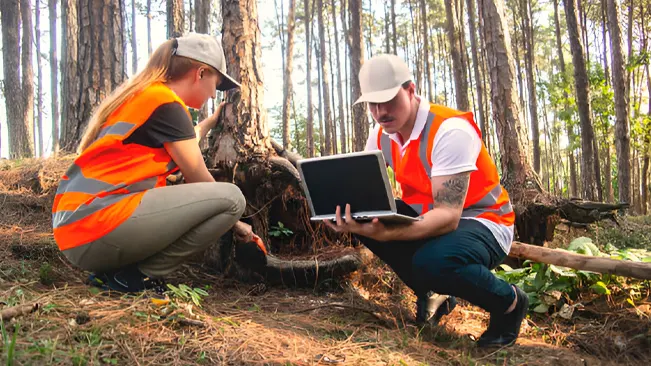
Remote Sensing and GIS
Satellite imagery and geographic information systems (GIS) allow for large-scale monitoring of forest cover, deforestation rates, and changes over time. These technologies provide high-resolution images and spatial data that are crucial for tracking environmental changes and planning forest conservation strategies.
Ground Surveys
Fieldwork provides detailed information on tree health, species diversity, and soil conditions. By physically examining the forest, researchers can gather precise data that complements remote sensing, offering a more comprehensive understanding of the ecosystem.
Automated Sensors
Devices placed in the forest can monitor environmental conditions such as temperature, humidity, and soil moisture in real-time. These sensors continuously collect data, enabling the detection of subtle changes in the environment that could indicate emerging threats or the effectiveness of forest conservation strategies.
Collecting baseline data through these methods helps identify areas that require immediate attention and sets a reference point for future monitoring.
Identifying Threats to Forests
Forests face numerous threats, both natural and human-induced. Understanding these threats is crucial for developing effective forest conservation strategies.
Natural Threats
Wildfires, pests, and diseases can devastate forests. For example, bark beetles have destroyed millions of acres of forest in North America.
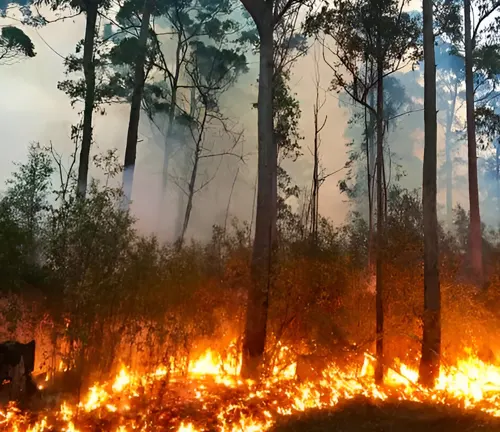
Human-Induced Threats
Deforestation for agriculture, illegal logging, and urban development are significant threats. Pollution and land-use changes also degrade forest ecosystems.
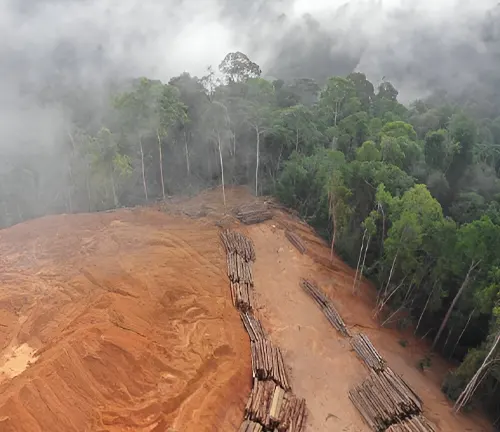
Climate Change
Alters precipitation patterns increases temperatures, and intensifies extreme weather events, exacerbating existing threats and introducing new challenges.

By identifying and understanding these threats, you can tailor forest conservation strategies to address the specific challenges faced by a forest.
Setting Conservation Goals
Clear, measurable objectives are vital for the success of any forest conservation strategy. These goals should be specific, achievable, and aligned with broader environmental policies and international agreements such as the United Nations’ Sustainable Development Goals (SDGs).
Short-Term Goals
Might include reducing deforestation rates, increasing protected areas, or restoring degraded lands.
Long-Term Goals
Could focus on enhancing biodiversity, achieving sustainable forest management, and building resilience to climate change.
Setting these goals helps prioritize actions, allocate resources efficiently, and measure progress over time.
Developing Forest Conservation Strategies
With a solid understanding of the forest ecosystem, current conditions, and identified threats, you can begin developing specific forest conservation strategies.
Here are key approaches:
Sustainable Forest Management
Practices that balance ecological, economic, and social objectives. This includes selective logging, maintaining forest cover, and promoting natural regeneration.
Reforestation and Afforestation
Planting trees in deforested areas (reforestation) and in non-forested areas (afforestation) to restore ecosystems and increase carbon sequestration.
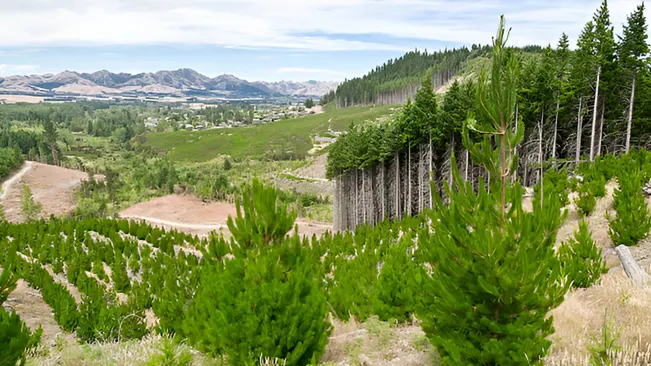
These practices help combat climate change by absorbing carbon dioxide from the atmosphere, while also providing habitat for wildlife and improving soil and water quality.
Protecting Biodiversity
Establishing protected areas, corridors, and buffer zones to safeguard habitats and species. Encouraging the conservation of keystone and endangered species is also critical.
Community Involvement and Education
Engaging local communities in conservation efforts ensures long-term success. Education programs can raise awareness and promote sustainable practices.

By involving community members in decision-making processes, we can foster a sense of ownership and responsibility towards the environment, leading to more effective and lasting conservation outcomes.
Implementing Conservation Practices
Effective implementation of forest conservation strategies requires collaboration, legal frameworks, and resources.
- Legal Frameworks: Enacting and enforcing laws to protect forests, regulate logging, and prevent illegal activities.
- Collaboration: Working with local communities, governments, NGOs, and international organizations to pool resources, share knowledge, and coordinate efforts.
- Funding and Resources: Securing funding from government grants, international aid, private investments, and conservation organizations. Resources can also include technology, manpower, and expertise.
Monitoring and Evaluating Conservation Efforts
Continuous monitoring and evaluation are essential to ensure the success of forest conservation strategies. This involves using remote sensing, ground surveys, and automated sensors to track changes in forest health, biodiversity, and environmental conditions.

By continuously collecting and analyzing data, we can detect trends and patterns that indicate the effectiveness of our efforts. Measuring progress against set goals using metrics such as forest cover, species diversity, and ecosystem health is crucial for evaluating success.
Based on the data collected from monitoring, forest conservation strategies should be adjusted to address new challenges, improve effectiveness, and capitalize on successful approaches, ensuring that conservation initiatives remain dynamic and responsive.
Challenges and Solutions in Forest Conservation
Forest conservation is not without its challenges. Common obstacles include:
Financial Constraints
Limited funding can hinder conservation efforts. Solutions include diversifying funding sources and demonstrating the economic benefits of conservation.
Policy and Governance Issues
Inadequate policies and weak enforcement can undermine conservation. Strengthening legal frameworks and governance is essential.
Community Engagement
Resistance from local communities due to economic dependency on forest exploitation. Solutions involve creating alternative livelihoods and involving communities in decision-making.
Innovative solutions and technologies, such as drone monitoring, genetic research for disease-resistant trees, and sustainable agroforestry practices, can help overcome these challenges.
Future Directions in Forest Conservation
Looking ahead, several emerging trends and technologies promise to enhance forest conservation strategies significantly. Technology integration, including advances in satellite imagery, drones, and AI, can improve monitoring and data analysis, making conservation efforts more precise and efficient.
Climate resilience strategies are also crucial, as they focus on enhancing forest resilience to climate change through species selection, adaptive management, and landscape-level planning. By implementing these strategies, forests can better withstand the impacts of climate change and continue to provide essential ecosystem services.
Furthermore, integrating forest conservation strategies with sustainable development goals is essential to balance ecological health with human well-being, ensuring that conservation efforts support both the environment and the communities that depend on it.
Conclusion
Forest conservation is a complex but essential task to ensure the health and sustainability of our planet’s ecosystems. By understanding forest ecosystems, assessing current conditions, identifying threats, setting clear goals, and implementing targeted forest conservation strategies, we can protect these invaluable resources.
Continuous monitoring and evaluation are crucial to adapt and improve our conservation efforts over time. By addressing challenges head-on and embracing future innovations, we can ensure the preservation of forests for generations to come, safeguarding their invaluable ecological functions and biodiversity.
Let’s commit to these efforts and make a lasting impact on our world’s forests, ensuring they continue to provide essential services and habitats for countless species.
Frequently Asked Questions (FAQs)
- What is the primary goal of forest conservation?
The primary goal of forest conservation is to protect and manage forest ecosystems to maintain their ecological functions, biodiversity, and resources sustainably. - How can individuals contribute to forest conservation?
Individuals can contribute by supporting conservation organizations, reducing paper and wood consumption, participating in tree-planting activities, and advocating for policies that protect forests. - Why is biodiversity important in forest conservation?
Biodiversity is crucial as it enhances ecosystem resilience, supports a wide range of species, and ensures the stability and health of the forest ecosystem. - What role does technology play in forest conservation?
Technology plays a significant role in monitoring forest health, detecting illegal activities, mapping forest cover, and analyzing ecological data, making conservation efforts more efficient and effective. - How does climate change impact forest conservation strategies?
Climate change alters precipitation patterns, increases temperatures, and intensifies extreme weather events, making it necessary to develop adaptive conservation strategies that enhance forest resilience to these changes. - What are the benefits of reforestation and afforestation?
Reforestation and afforestation help restore degraded lands, increase carbon sequestration, improve air and water quality, and provide habitat for wildlife. - How can local communities be involved in forest conservation?
Local communities can be involved through education programs, participatory decision-making, sustainable livelihood projects, and community-based forest management initiatives. - What are the economic benefits of forest conservation?
Forest conservation can provide economic benefits through ecotourism, sustainable forestry practices, non-timber forest products, and ecosystem services such as water purification and climate regulation. - What is the importance of legal frameworks in forest conservation?
Legal frameworks establish regulations and protections for forests, deter illegal activities, and provide a basis for enforcement and accountability in conservation efforts. - How can invasive species be managed in forest ecosystems?
Invasive species can be managed through early detection and rapid response, biological control methods, habitat restoration, and public awareness campaigns.

Jordan Blake
Forestry AuthorJordan Blake is a forestry expert with over 15 years of experience in arboriculture and community education. Passionate about sustainable forest management, Jordan regularly writes for Forestry.com and Tree Care Magazine. Holding certifications in tree health assessments and urban forestry management, Jordan conducts workshops to educate the public on sustainable practices. Jordan has a degree in Environmental Science and enjoys hiking and photography in their free time.


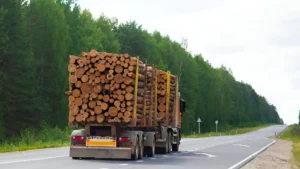
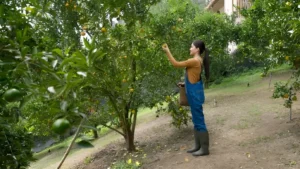
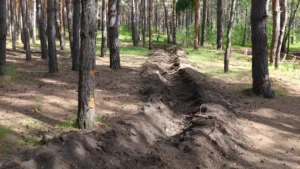

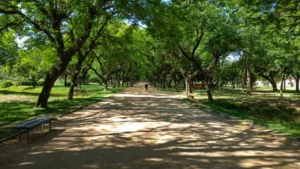
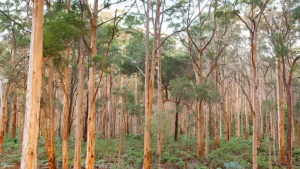
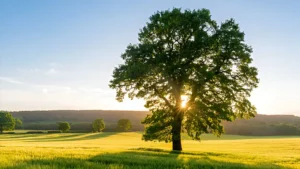

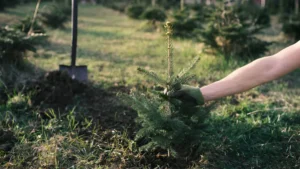
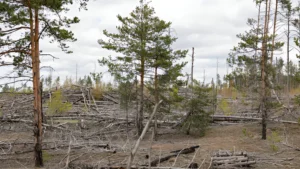

Leave your comment